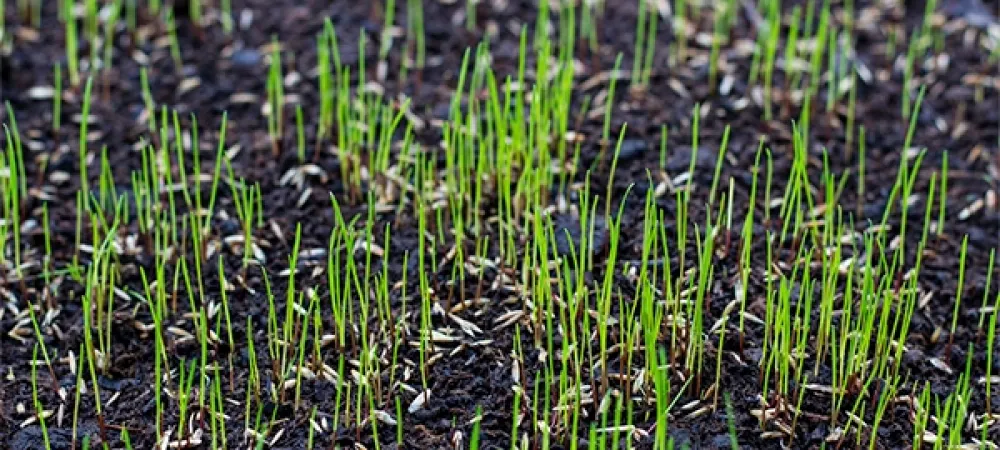Help With Lawn Bare Areas
Image

“What can be done about those pesky bare spots in my lawn?” you may be asking. You have been diligent about treating your lawn for weeds throughout the spring and summer, yet now you may find that the weeds are under control but you are left with several bare areas throughout the lawn. As we head into late summer/early fall, we enter the best time of year to address this problem.
Here are the steps to take:
- Rake up any dead grass from the bare areas so you are left with clean, bare dir.t
- Add some fresh topsoil over the existing dirt. This topsoil should be full of micronutrients, enriching the quality of your existing soil.
- Scatter grass seed over this fresh topsoil. For our area of the country, the best type of seed to choose is a blended fescue seed. Fescue can be quite drought resistant given our unpredictable summers, yet stay nice and green as we move through our cooler seasons. Avoid any type of blue or rye grass, as our summers just get too hot for these grasses to truly thrive.
- Use your rake or a gardening weasel to work the seed down into the topsoil. The seed will not germinate properly just laying on top of the soil.
- Finally, you must keep the area damp until the seed has germinated, usually within 10-14 days. 15-25 minutes of watering daily should be sufficient to keep the soil moist for optimal germination.
- Watch your bare areas become a part of your beautiful, green lawn!
Seeding in the early fall allows for quick germination and the best chance for long-term seed survival, as the root system of the new grass will be allowed to grow for 9 months before it has to endure heat again. Happy seeding!
